| 0 trackbacks
| 



 ( 2.8 / 1381 )
( 2.8 / 1381 )




 ( 2.8 / 1381 )
( 2.8 / 1381 )
Tuesday, March 2, 2010, 09:04 - Commentary, Photo of the Day
As much as we might like them to be photographs are not answers, they are questions. When I began chasing the question of how Europe is changing as the European Union expands I never expected to encounter an answer. Instead I sought to challenge my own assumptions about this place and its diverse people. 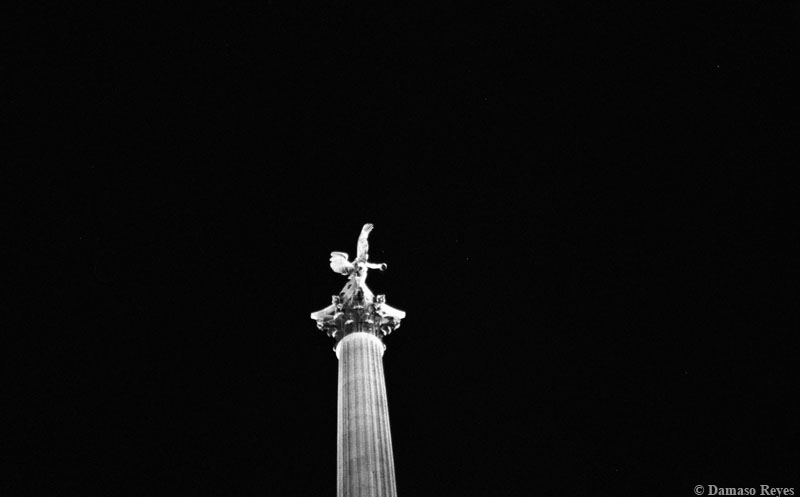
Monument. Budapest 2009
Thursday, November 19, 2009, 07:33 - Shooting, Project News, Photo of the Day
Vienna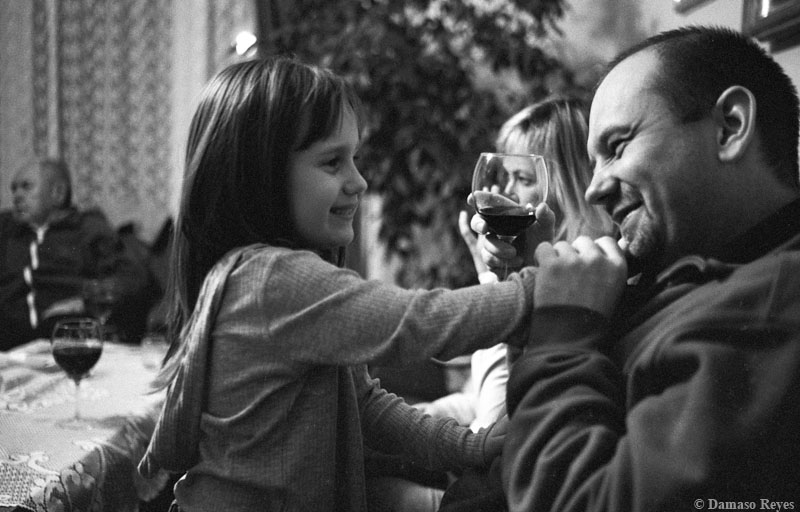
Family moment. Hungary 2009
To see more images of Hungary, follow the link!
Tuesday, November 17, 2009, 05:32 - Photo of the Day
Vienna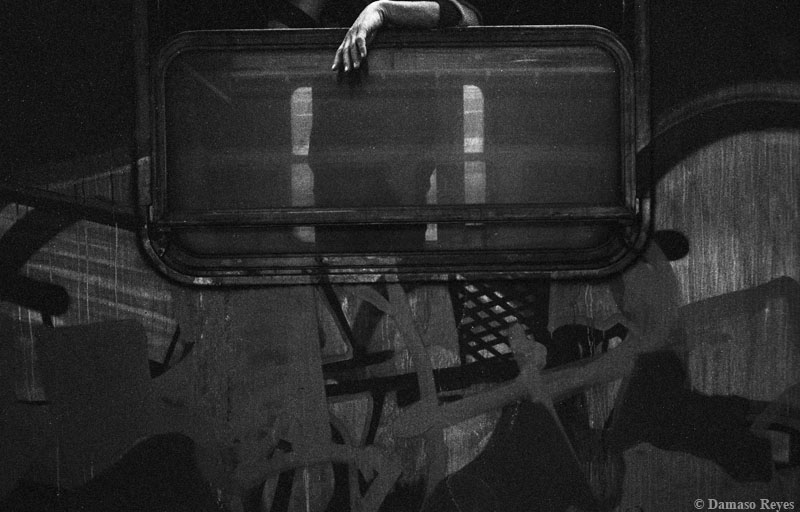
East bound train. Bratislava, Slovakia 2009
To see more images from Slovakia please visit the photo department.
Tuesday, November 10, 2009, 14:30 - Commentary, Photo of the Day
Vienna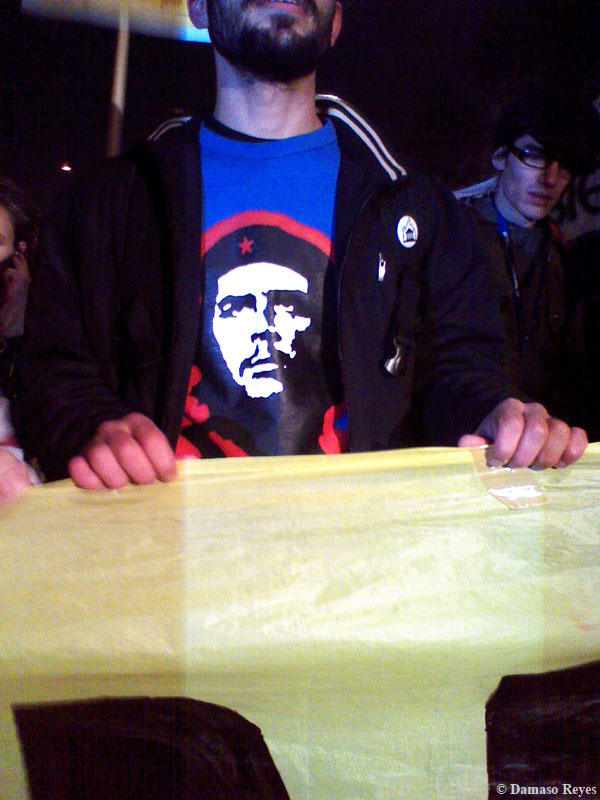
Student protester. Vienna 2009
Do real leftists wear Che shirts?
Friday, August 21, 2009, 12:33 - Commentary, Photo of the Day
The class barriers that many Europeans, especially the British, face is nothing new. But just how pervasive a roadblock is class in the U.K.? Marketplace.com explores this issue in an excellent report.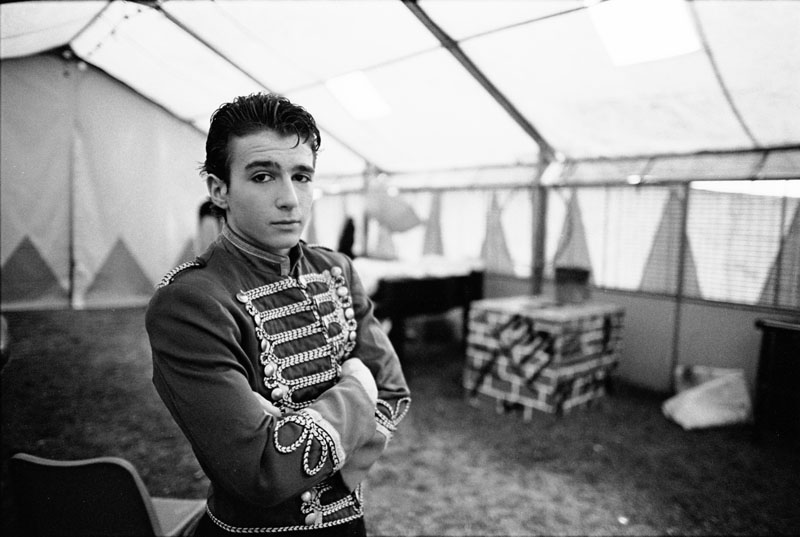
What chance do I have?
�The government there is out with a new report on social mobility in the UK. It says lower-class Brits are routinely excluded from the top jobs. And professions like medicine and law are increasingly closed to all but the most affluent families.�
It is a startling report that is well worth listening to. The real question becomes what will British society do to reverse this trend? Do ordinary people see this as a problem or do they simply accept this as the way things are?
Tuesday, August 18, 2009, 11:19 - Commentary, Photo of the Day
If the course of true love never runs smoothly can we not say the same thing for great science? We learn more from The New York Times.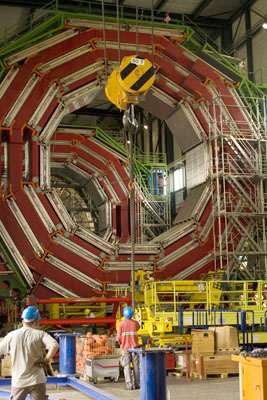
We�re working on it!
�After 15 years and $9 billion, and a showy �switch-on� ceremony last September, the Large Hadron Collider, the giant particle accelerator outside Geneva, has to yet collide any particles at all.�
If you ever have a chance to visit CERN I highly recommend it. When you go there you can really get a sense of the scope of what they are trying to do. We should not be surprised that they have faced some serious challenges as they try to push back the frontiers of knowledge. What should impress us far more than the massive scale of the experiments is the level of cooperation not just between European scientists but from investigators and engineers from all over the world who have come together in the spirit of scientific advancement. When things get up and running it will be just one more example of how far Europe has come in the past fifty years�
Monday, August 10, 2009, 13:09 - Commentary, Photo of the Day
A lot has been said about the demise of photojournalism, a subject of particular interest to use here at The Europeans. The New York Times has a great article about the death of the great French photo agency Gamma.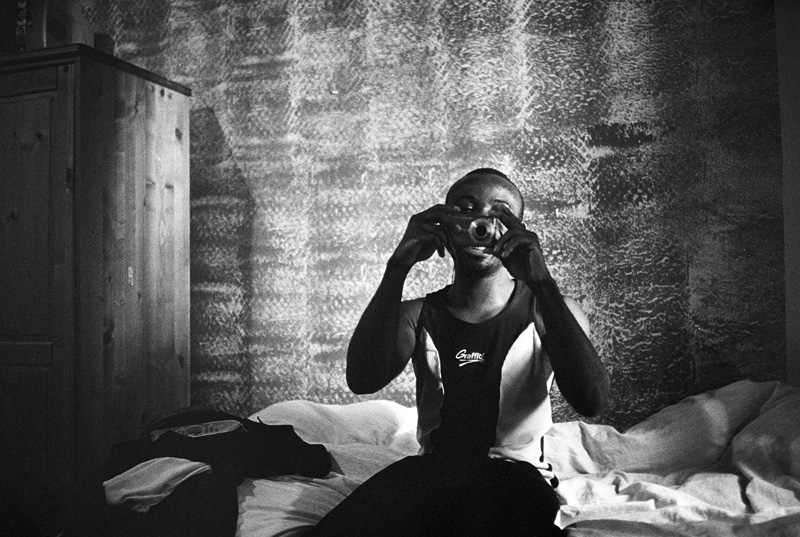
Remains of the day. Vienna 2008. � Damaso Reyes
�Newspapers and magazines are cutting back sharply on picture budgets or going out of business altogether, and television stations have cut back on news coverage in favor of less-costly fare. Pictures and video snapped by amateurs on cellphones are posted to Web sites minutes after events have occurred. Photographers trying to make a living from shooting the news call it a crisis.
�In the latest sign of distress, the company that owns the photo agency Gamma sought protection from creditors on July 28 after a loss of �3 million, or $4.2 million, in the first half of the year as sales fell by nearly a third.�
Will bloggers and citizen journalists with their iPhones be able to replace professional photographers? In a word: no. It is not that these emerging practitioners do not have a role, just look at Iran. The real problem is that professionals go where tourists do not: war zones and conflict areas, places where the suffering is great and the attention is scant. Often the best and most compelling images come from months and years of work, something that cannot be easily replaced by open source journalism.
But the reality is that photojournalism is slowly dying. In another generation it will become the hobby of rich elites, since very few people will be able to making anything resembling a living at it. This is problematic because already journalism and photography suffers from a lack of diversity of voices. We don�t know what the solution is but we can certainly see the problem�
Monday, August 3, 2009, 12:37 - Commentary, Photo of the Day
The Europeans is going on summer break (in reality we are working on updating the website with lots of new images) so we won�t be posting that frequently for the next two weeks. Until then, he�s an interesting article about how we look at things from the New York Times.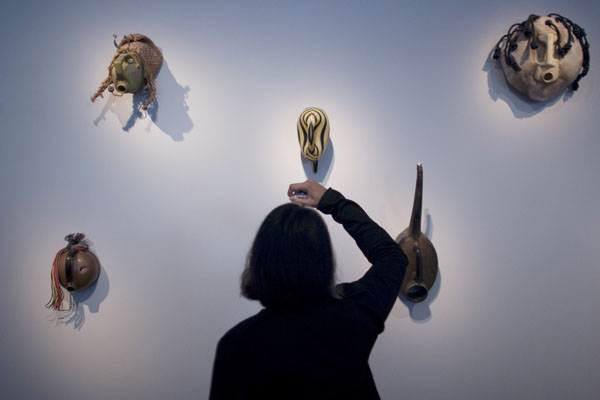
Photographing the photographer. � Damaso Reyes
�Visiting museums has always been about self-improvement. Partly we seem to go to them to find something we already recognize, something that gives us our bearings: think of the scrum of tourists invariably gathered around the Mona Lisa. At one time a highly educated Westerner read perhaps 100 books, all of them closely. Today we read hundreds of books, or maybe none, but rarely any with the same intensity. Travelers who took the Grand Tour across Europe during the 18th century spent months and years learning languages, meeting politicians, philosophers and artists and bore sketchbooks in which to draw and paint � to record their memories and help them see better.
�Cameras replaced sketching by the last century; convenience trumped engagement, the viewfinder afforded emotional distance and many people no longer felt the same urgency to look. It became possible to imagine that because a reproduction of an image was safely squirreled away in a camera or cell phone, or because it was eternally available on the Web, dawdling before an original was a waste of time, especially with so much ground to cover.�
The full article is well worth reading. I have found myself buzzing through a museum, trying to see as much as I can. Of course when I go to see a specific exhibition I tend to slow down quite a bit but I do buzz by images or works that aren�t that interesting. Perhaps it is our fast paced lives but the author of the article goes on to say �Artists fortunately remind us that there�s in fact no single, correct way to look at any work of art, save for with an open mind and patience.�
Which is true! There are more ways of seeing the world than we can imagine and this fall The Europeans hopes to bring you more unique views!
Thursday, July 30, 2009, 10:49 - Commentary, Photo of the Day
Tempest in a tea cup or a real case of discrimination? That is the question many in Europe are asking. We learn more from the EU Observer.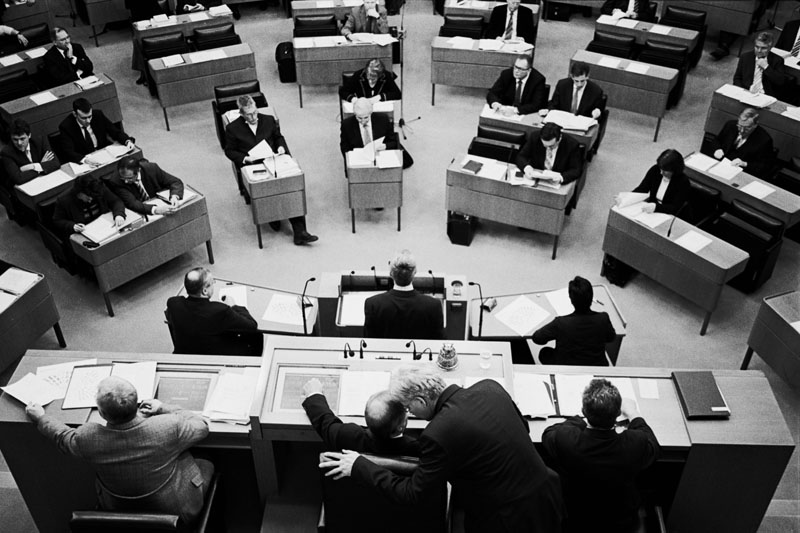
Don�t tell anyone but you�re in! Stuttgart 2007 � Damaso Reyes
�The EU has tried to ward off any potential ill feeling in the Balkans after quickly accepting Iceland's accession bid.
�EU foreign ministers in Brussels on Monday (27 July) restated their "full support for the European perspective of the Western Balkans" and promised to shortly recognize Albania's application.�
This two tiered system, regardless of the economic necessity that brought on Iceland�s rapid acceptance, should worry those who see the European Union as a place of equality. Of course there are major differences between Iceland�s society and economy that make E.U. ascension far easier than developing economies like those of the Balkans which are still trying to overcome corruption and the legacy of Soviet rule. Nevertheless, just as Caesar�s wife must be above reproach the system whereby nations are admitted into the E.U. must also be seen as fundamentally fair and just, otherwise what little faith in the system there is, especially among those on the outside looking in, will be lost. Over the past few years the rate of support among application nations for E.U. membership has diminished and the Euroskeptics has found a great deal of support. This will simply give them more ammunition.
Back Next

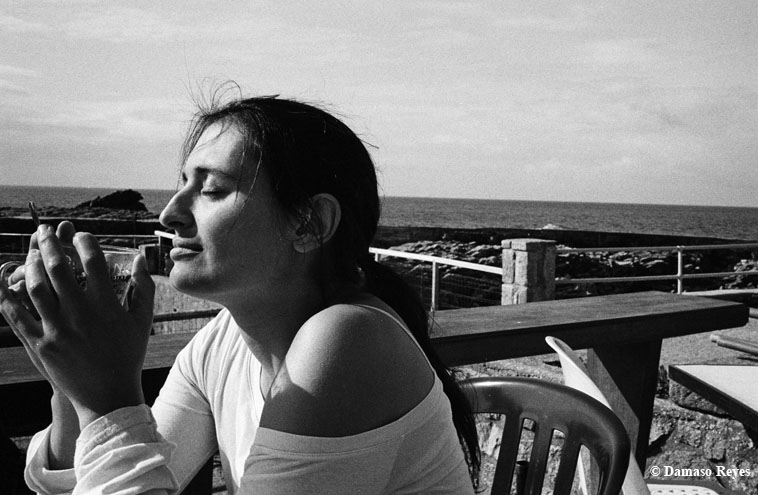
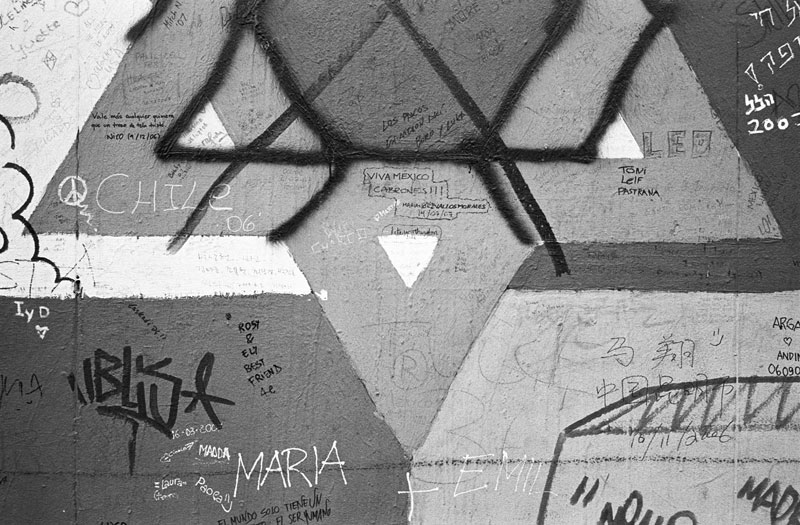

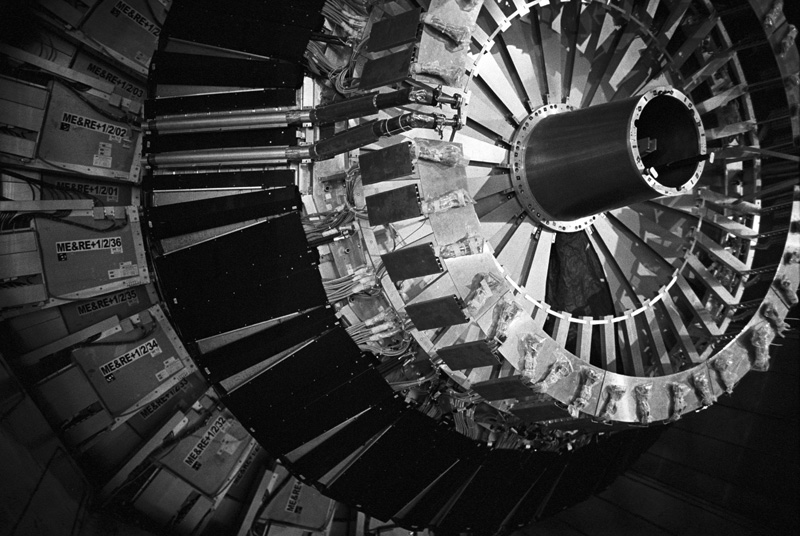
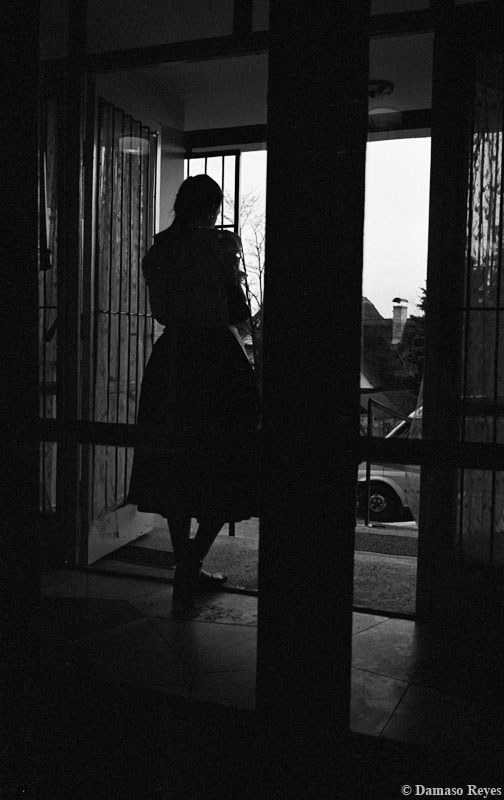

 Calendar
Calendar




